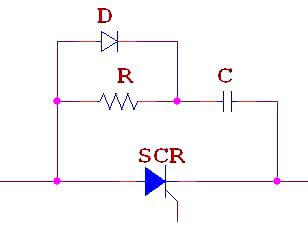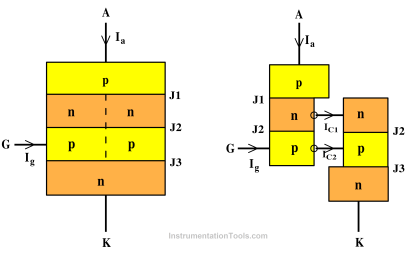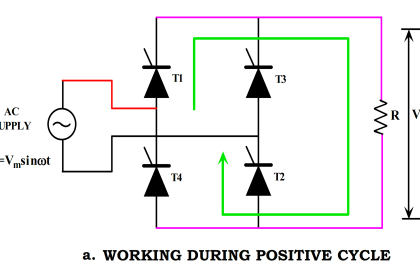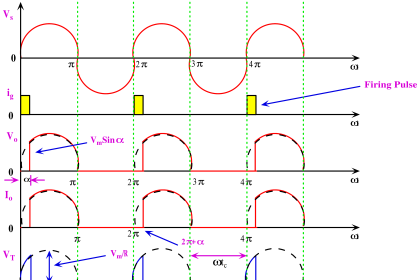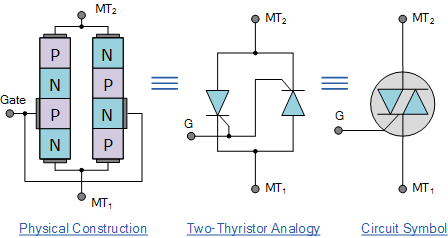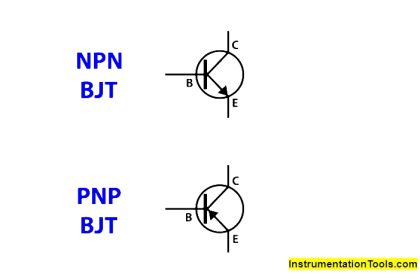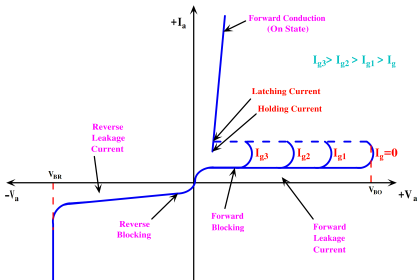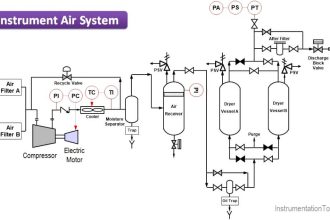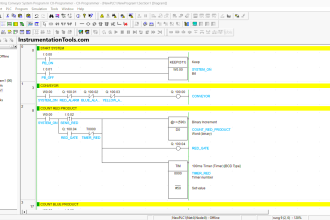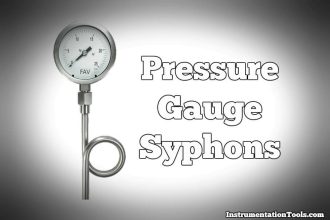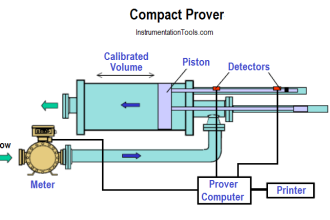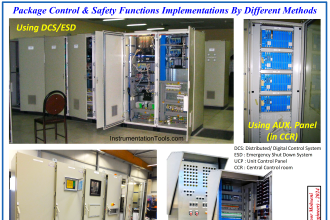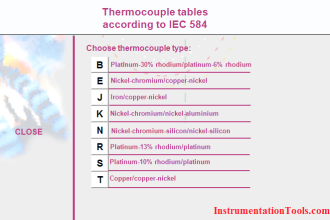Power Electronics Objective Questions
1. Questions & Answers on Diodes
-
The P-N Junction
-
Power Diode – Part 1
-
Power Diode – Part 2
-
Types of Power Diodes – Part 1
-
Types of Power Diodes – Part 2
2. Questions on Power Electronics Devices
-
Power Transistors – Part 1
-
Power Transistors – Part 2
-
MOSFET – Part 1
-
MOSFET – Part 2
-
IGBT – Part 1
-
IGBT – Part 2
-
SOA
-
Thyristors – Part 1
-
Thyristors – Part 2
-
Thyristors – Part 3
-
Thyristors – Part 4
-
Thyristors Ratings
-
Thyristors Protection
-
Thyristor-Mounting
-
Interconnecting-Thyristors
-
Thyristor Family – Part 1
-
Thyristor Family – Part 2
-
GTOs
3. Questions & Answers on Diode Circuits
4. Questions on Diode Rectifiers
-
Single phase Half wave Diode Rectifiers – Part 1
-
Single phase Half wave Diode Rectifiers – Part 2
-
Single phase Full wave Diode Rectifiers – Part 1
-
Single phase Full wave Diode Rectifiers – Part 2
-
Three-Phase Rectifiers – Part 1
-
Three-Phase Rectifiers – Part 2
-
Filters – Part 1
-
Filters – Part 2
5. Questions & Answers on Other Circuits
-
Thyristor Firing Circuits – Part 1
-
Thyristor Firing Circuits – Part 2
-
Thyristor Firing Circuits – Part 3
-
Thyristor Gating Circuits
-
SCR Commutation Techniques – Part 1
-
SCR Commutation Techniques – Part 2
6. Questions on Converters
-
Single-Phase Half wave AC-DC Converters – Part 1
-
Single-Phase Half wave AC-DC Converters – Part 2
-
Single-Phase Half wave AC-DC Converters – Part 3
-
Single-Phase Half wave AC-DC Converters – Part 4
-
Single-Phase Full wave AC-DC Converters – Part 1
-
Single-Phase Full wave AC-DC Converters – Part 2
-
Single-Phase Full wave AC-DC Converters – Part 3
-
Single-Phase Full wave AC-DC Converters – Part 4
-
Single-Phase Full wave AC-DC Converters – Part 5
-
Single-Phase Semi-Converters – Part 1
-
Single-Phase Semi-Converters – Part 2
-
Single-Phase Semi-Converters – Part 3
-
Three-Phase Converters – Part 1
-
Three-Phase Converters – Part 2
-
Three-Phase Converters – Part 3
-
Three-Phase Converters – Part 4
-
Advance Three-Phase Converters
-
Dual Converters – Part 1
-
Dual Converters – Part 2
-
Dual Converters – Part 3
7. Questions & Answers on Choppers
-
Choppers – Part 1
-
Choppers – Part 2
-
Choppers – Part 3
-
Choppers – Part 4
-
Choppers – Part 5
-
Chopper Control Strategies
-
Type C Chopper
-
Type D Chopper
-
Type E Choppers – Part 1
-
Type E Choppers – Part 2
-
Thyristor Chopper Circuits – Part 1
-
Thyristor Chopper Circuits – Part 2
-
Thyristor Chopper Circuits – Part 3
8. Questions on Inverters
-
Single Phase VSI – Part 1
-
Single Phase VSI – Part 2
-
Single Phase VSI – Part 3
-
Single Phase VSI – Part 4
-
Single Phase VSI – Part 5
-
Quality of Inverters
-
Force Commutated Inverters
-
3-phase Bridge Inverters – Part 1
-
3-phase Bridge Inverters – Part 2
-
3-phase Bridge Inverters – Part 3
-
Voltage Control Inverters
-
PWM Inverters – Part 1
-
PWM Inverters – Part 2
-
PWM Inverters – Part 3
-
PWM Inverters – Part 4
-
PWM Inverters – Part 5
-
Harmonic Reduction
-
Current Source Inverters
9. Questions & Answers on Voltage Controllers
-
AC Voltage Controllers – Part 1
-
AC Voltage Controllers – Part 2
-
AC Voltage Controllers – Part 3
-
Sequence Controller
10. Questions on Applications, Cycloconverters and Miscellaneous
-
Cycloconverters
-
Applications of Power Electronics – Part 1
-
Applications of Power Electronics – Part 2
-
Applications of Power Electronics – Part 3
